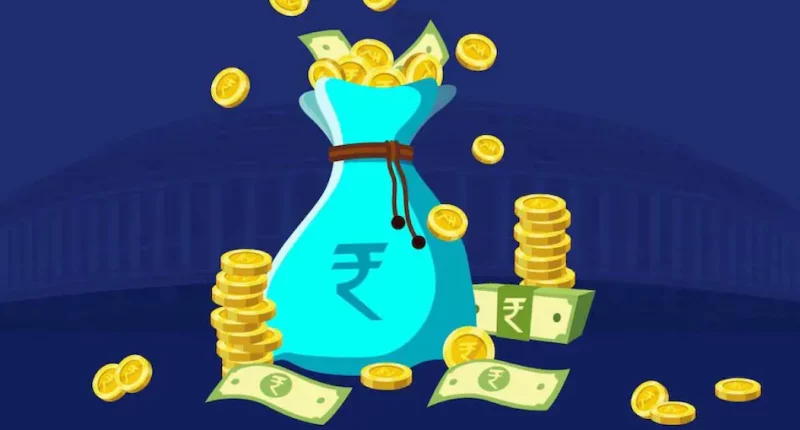In the last one year, some of the equity-linked savings scheme (ELSS) that have extended double-digit returns include Quant Tax Plan, PPFAS Tax Saver and HDFC Tax Saver.
ELSS is a type of open-ended mutual fund that invests in the stock market or equity schemes. The basic difference between an ELSS scheme from a regular equity mutual fund is that an investor gets the tax benefit. Other than that, the features of ELSS are quite similar to that of equity funds.
Typically, the lock-in period for ELSS is three years, but an investor can look forward to a higher investment time horizon to reap maximum benefit.
As per the guidelines of the market regulator Securities and Exchange Board of India (Sebi), all ELSS mutual funds are required to invest about 80 per cent of their investment corpus into equity securities.
At present, there are 39 ELSS schemes in the market. ELSS is an ideal investment proposition for beginners or first-time investors. While ELSS carries higher risk, it is usually over the short term. In addition, if an investor wishes to hold it longer, the risk is lesser. Investing in ELSS is known to provide a first-hand experience in equity investing. Investment in ELSS can be started through monthly systematic investment plans (SIPs).
What remains the ideal way to invest in ELSS, lump sum or SIP mode? The financial goal, risk appetite and preference of an investor are what matters. A beginner to the market, can look forward to a 30-40% lump sum and then go for SIP. However, in the case of an investor who is already invested in the ELSS or any other scheme, then SIP remains the best route with an investment time horizon of 3-4-years.

Rajiv is an independent editorial consultant for the last decade. Prior to this, he worked as a full-time journalist associated with various prominent print media houses. In his spare time, he loves to paint on canvas.




